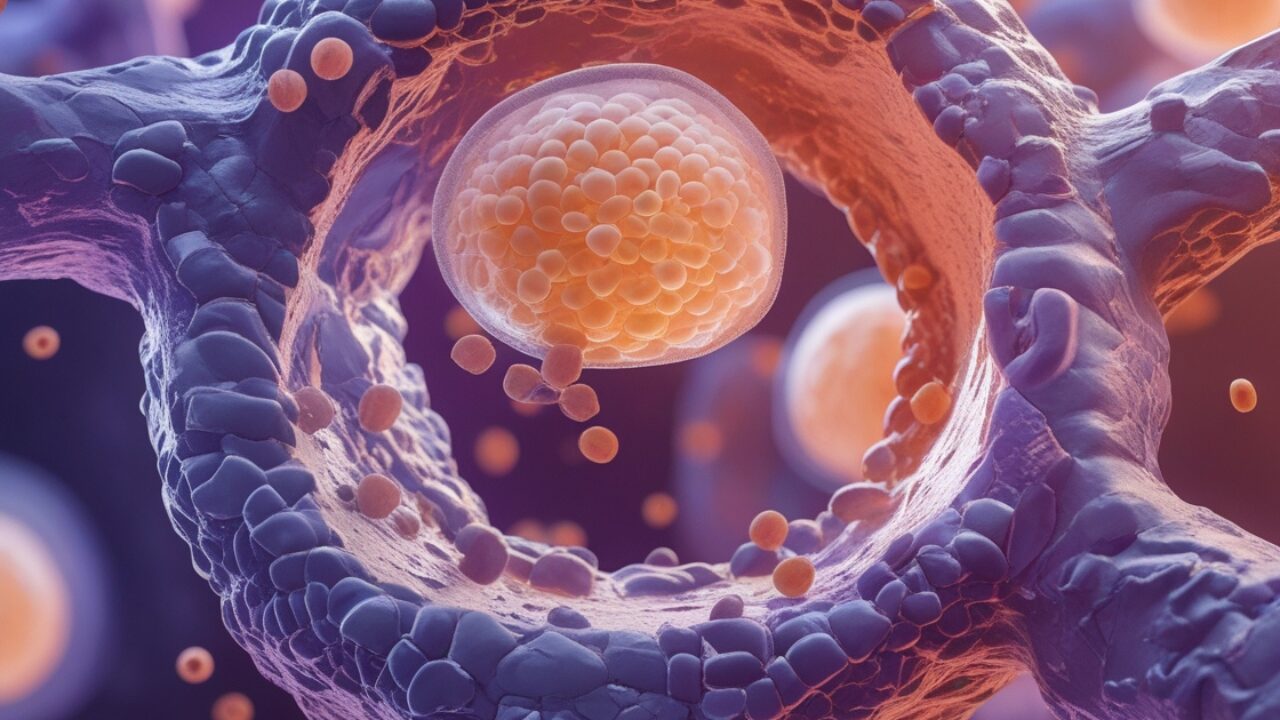The History and Evolution of VERO Cells in Scientific Research

VERO cells were isolated in 1962 from the kidney of an African green monkey. This moment marked a significant milestone in biomedical research, allowing scientists to explore virology and vaccine development. VERO cells have become essential in scientific studies, offering a reliable platform for understanding pathogens and developing vaccines. This article compares VERO cells with other prominent cell lines, such as SH-SY5Y, HeLa, and HEK293, while highlighting their unique attributes and applications in research.
Cytion offers a comprehensive catalog of cell culture products for those interested in premium cell lines that can support various research needs.
What You Need to Know About VERO Cells
VERO cells, derived from the kidney of the African green monkey, are known for their unique characteristics, including their non-cancerous origin and minimal chromosomal abnormalities. These highly adaptable and reliable cells make them preferred for virology research, vaccine development, and cancer studies. Their ability to grow in suspension culture enhances their utility in various laboratory settings.
Key Points
- Origin: Isolated from the African green monkey kidney.
- Applications: Used in virology, vaccine development, and cancer research.
- Characteristics: Non-cancerous, minimal chromosomal abnormalities.
- Adaptability: Suitable for suspension culture.
The Discovery and Early Development of VERO Cells
Yasumura and Kawakita established VERO cells in 1962 at Chiba University in Japan. Their discovery opened new avenues in cell line development, and the World Health Organization approved them for human vaccine production in 1987. The early characterization of VERO cells revealed their potential in various research applications, highlighting their importance in the scientific community.
Unique Attributes of VERO Cells
One standout feature of VERO cells is their interferon expression deficiency, which makes them highly susceptible to a wide range of viruses. This characteristic renders them invaluable in virology studies, particularly in understanding virus-host interactions and testing antiviral drugs. Their non-cancerous nature assures researchers of reduced chromosomal abnormalities, which is crucial for accurate experimental results.
VERO cells comply with regulatory standards, further solidifying their role in research and manufacturing processes. Their reliability in viral studies makes them a go-to choice for researchers focused on understanding viral mechanisms or developing new vaccines.
VERO Cells vs. SH-SY5Y Cells
SH-SY5Y cells, derived from neuroblastoma, are primarily used in neuroscience research. While essential for studying neurodegenerative diseases, VERO cells offer broader utility in virology and toxicology. Researchers often prefer VERO cells when examining viral infections or developing vaccines due to their robustness and adaptability.
VERO Cells vs. HeLa Cells
HeLa cells, originating from cervical cancer, are among the most widely used cell lines in cancer research. They have contributed to numerous scientific breakthroughs. However, VERO cells display distinct advantages when considering growth characteristics and applications, especially in virology and vaccine development. Ethical considerations surrounding the use of HeLa cells also influence researchers’ choices.
VERO Cells vs. HEK293 Cells
HEK293 cells, a human embryonic kidney cell line, are recognized for their rapid doubling time and are commonly used in protein expression studies. However, VERO cells excel in safety and virus-host interaction studies, making them a preferred option for researchers focused on vaccine development. The differences in origin and primary applications highlight both cell lines’ unique roles in scientific research.
Applications of VERO Cells in Vaccine Development
VERO cells have played a crucial role in vaccine development, achieving impressive results with virus titers reaching up to 10^7 in bioreactors. Historically, VERO cells have been pivotal in producing vaccines for diseases like polio and rabies. Their current applications extend to developing vaccines for emerging diseases, showcasing their versatility and importance in combating infectious diseases.
Future Perspectives and Ongoing Research
As genetic engineering technologies like CRISPR and RNA interference continue to advance, researchers are exploring ways to enhance VERO cell productivity. Emerging applications in regenerative medicine and tissue engineering could lead to significant breakthroughs. The potential for genetic modifications in VERO cells opens doors for innovative research, ultimately solidifying their role in the future of biomedical research.
Challenges and Limitations of VERO Cells
Despite their advantages, VERO cells face challenges. Studies indicate that 18-36% of all actively growing cell line cultures may be misidentified or cross-contaminated, posing significant research issues. Implementing robust quality control measures and authentication strategies is crucial for maintaining the integrity of VERO cell cultures.
Cytion’s Role in Supporting VERO Cell Research
Cytion is crucial in providing researchers with high-quality VERO cells and related products. Their commitment to quality and innovation ensures researchers receive reliable cell lines that meet regulatory standards. With robust support services and resources, Cytion aims to empower researchers in their scientific endeavors.
READ MORE
Conclusion
In summary, VERO cells stand out for their unique features and advantages over other cell lines, making them a go-to choice for researchers in virology and vaccine development. Their reliability, adaptability, and regulatory compliance make them essential tools in the scientific toolkit. Researchers are encouraged to consider VERO cells for their next project, ensuring they leverage the best resources available.
FAQ Section
- What are the primary advantages of using VERO cells in vaccine production?
- How do VERO cells compare to other commonly used cell lines in virology research?
- What are the key considerations for maintaining healthy VERO cell cultures?
- Can VERO cells be genetically modified for enhanced productivity or specific applications?
- What recent advancements have been made in large-scale VERO cell culture for biopharmaceutical production?
